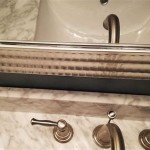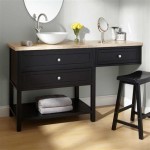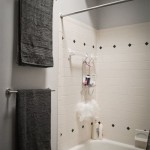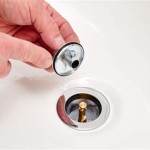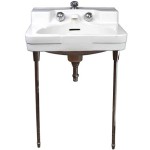Can You Put Bathroom Wall Cladding Over Tiles?
Renovating a bathroom often involves updating the walls. If existing tiles are showing their age, replacing them with new ones may seem like the only option. However, if you're looking for a more cost-effective and less time-consuming solution, consider adding wall cladding over the existing tiles. But before diving into this project, it's crucial to understand the feasibility and factors involved in applying cladding over tile.
Assessing the Existing Tile Condition
The success of installing cladding over tiles hinges on the condition of the underlying tile surface. A thorough assessment is critical.
-
Adhesive Strength:
The tiles must be securely bonded to the wall. Loose or cracked tiles need addressing before applying cladding. -
Surface Flatness:
The tile surface should be relatively flat. Significant irregularities or gaps between tiles can hinder the cladding's adhesion and create uneven results. -
Tile Size and Grout:
The thickness of the tile and the width of the grout lines will influence the overall thickness of the final wall. This can impact the fit of fixtures and the overall aesthetic.
If the tiles are in good condition, free of cracks, and securely attached, installing cladding over them is a viable option. However, if the tiles show signs of deterioration or are loose, it's best to remove them and start from scratch.
Choosing the Right Cladding Material
The bathroom environment presents unique challenges for wall finishes. Moisture, steam, and potential splashes require materials that can stand up to these elements.
-
PVC Cladding:
PVC is a popular choice for bathrooms due to its water resistance, durability, and ease of cleaning. It's also available in a wide range of colors and patterns. -
Acrylic Cladding:
Similar to PVC, acrylic cladding is also waterproof and resistant to mold and mildew. -
Stone Cladding:
Natural stone cladding can add luxury and elegance to a bathroom. However, it's more porous than PVC or acrylic and requires proper sealing to resist moisture. -
Tile Cladding:
If you prefer a more seamless look, consider using thin tile sheets that can be applied over existing tiles. These are generally more expensive but provide a more traditional finish.
The ideal cladding material will depend on your budget, desired aesthetic, and the bathroom's existing tile situation. Carefully consider these factors before making your choice.
Installation Considerations
Installing cladding over tiles requires special considerations to ensure proper adhesion and longevity.
-
Surface Preparation:
Thoroughly clean the existing tiles to remove any dirt, grease, or soap residue. Use a suitable cleaning solution for the specific tile material. -
Primer Application:
Apply a primer designed for bonding cladding to tile surfaces. The primer will enhance adhesion and create a smoother surface for the cladding. -
Installation Method:
The installation method for the chosen cladding type will vary. Some types may require adhesive, while others may utilize a clip system. Follow the manufacturer's instructions carefully. -
Grouting and Sealing:
Once the cladding is installed, apply grout to fill any gaps between the panels. After the grout has fully dried, seal the cladding to prevent moisture penetration.
Hiring a professional installer is recommended, particularly if you're unfamiliar with cladding installation techniques. Professional installers can ensure proper installation and avoid potential problems.

Can You Put Bathroom Wall Panels Over Tiles Igloo Surfaces

Panel Over Tiles The Bathroom Marquee
Fitting Pvc Wall Panelling Over Bathroom Tiles Guru

Can You Panel Over Tiles Everything Need To Know
Fitting Pvc Wall Panelling Over Bathroom Tiles Guru
Fitting Pvc Wall Panelling Over Bathroom Tiles Guru

Panel Over Tiles The Bathroom Marquee

Panel Over Tiles The Bathroom Marquee

Filo Tile Effect Bathroom Wall Panels The Marquee

Panel Over Tiles The Bathroom Marquee
Related Posts


